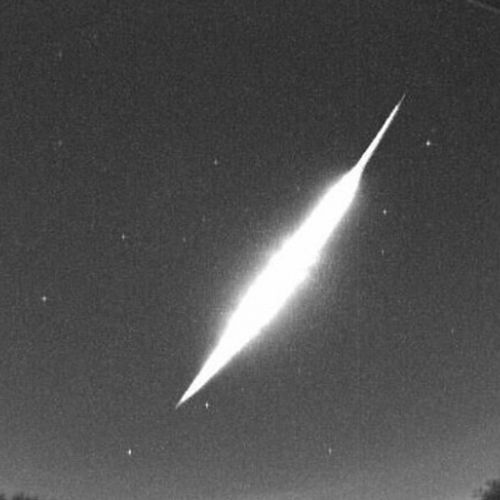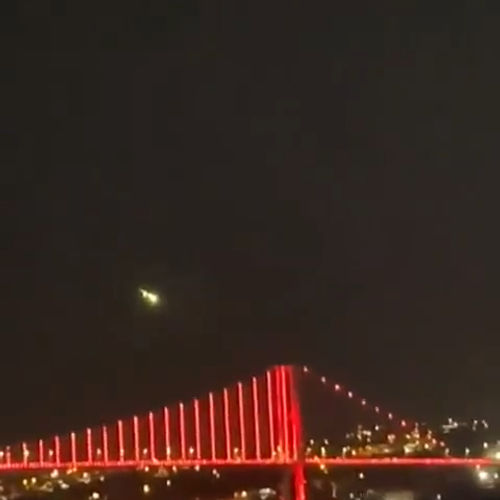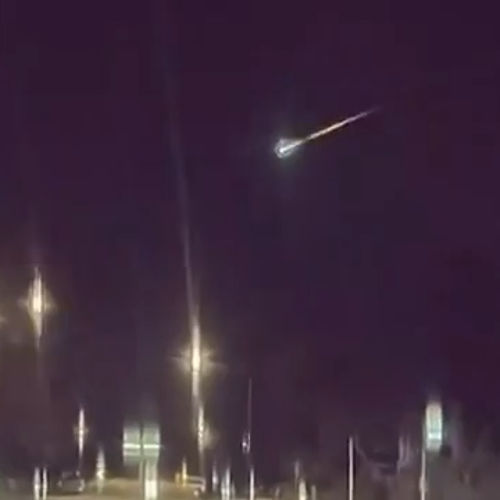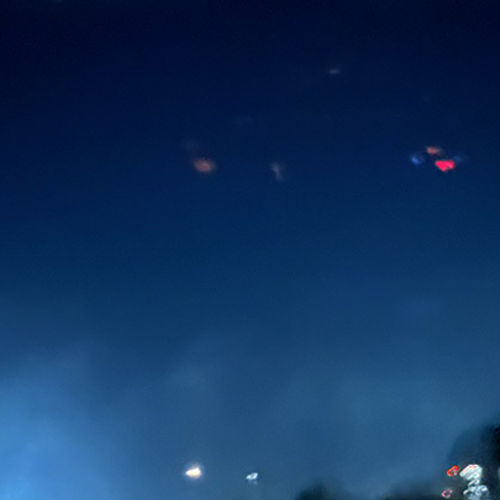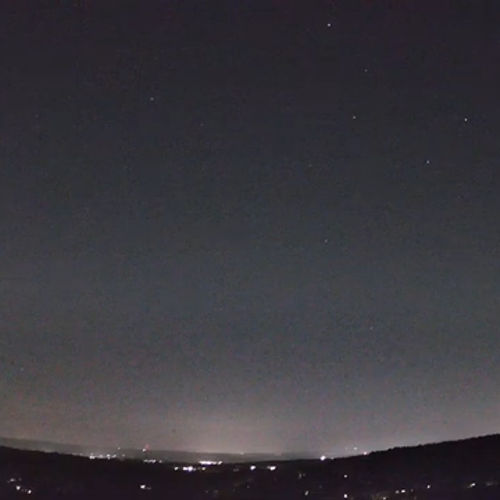
| Added | Thu, 20/12/2018 |
| Источники | |
| Дата публикации | Tue, 18/12/2018
|
| Версии |
Over the weekend the comet Virtanen (46P/Wirtanen) made history by committing one of the closest cometary approaches to the Earth during the entire space age. A shard of dirty ice, wrapped in a green gas, flew past our planet at a distance of only 11.5 million kilometres. In the hours of closest approach, the comet was visible in the constellation Taurus near the star cluster Pleiades.
Michael Jaeger took this picture on December 16 from Turkwel, Austria.
"To create an image, I combined 6-minute exposure using red, green, and blue filters," says the photographer. The result is a wonderful contrast of green and blue.
Green comet comes from diatomic carbon (C2) of a gaseous substance that is widespread in the atmospheres of comets, which glows green in the vacuum of space. Pleiades, located at the top right, look blue. Hot and massive stars emit blue light to the surrounding clouds of gas and dust that reflects the blue hue.
Virtanen comet is now receding from Earth, but still be around in a few days. The main problem for observers is not the distance, and moonlight. The brightness of the waxing moon will weaken the brightness of the comet, hindering its observation with the naked eye. Currently, the comet is glowing, as a large hazy star of the fourth magnitude.
Translated by «Yandex.Translator»
© Michael Jäger
Translated by «Yandex.Translator»
Новости со схожими версиями
Log in or register to post comments


